The effort of the Czech experts in the tarsier protection bears its fruits
25. 11. 2011 – The Philippine tarsier, a tiny animal that became a symbol of the Philippines and one of the main tourist attractions. But this fame has a drawback. Increasing poaching and demand for tarsiers on illegal pet trade, display in unsuitable conditions as a tourist attraction, this all results in decreasing number of wild population. Thanks to an effort of the Czech zoologist Milada Řeháková-Petrů and the ambassador of the Czech Republic in the Philippines Josef Rychtar this year became breakthrough for the tarsiers´ future.
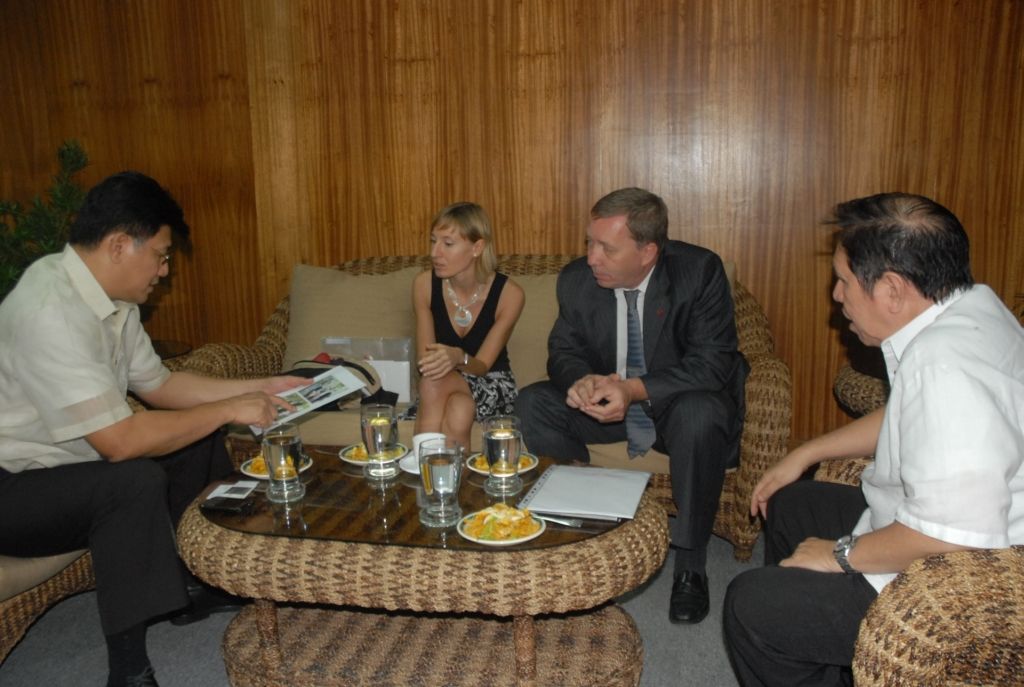
The Philippine tarsier, the cute pixie with huge eyes is a common victim of an illegal pet trade and it also served as a tourist attraction and thus a welcome source of money. The Tarsius Project, lead by a Czech zoologist Dr. Milada Řeháková-Petrů from Decin Zoo focuses on research and conservation of the Philippine tarsier since 2009.
The Philippine tarsier is one of the symbols of the Philippines and especially of the Bohol Island. The local residents reacted to the growing tourism very skilfully. Almost ten new facilities were established along the main tourist rout from the famous beach in the south to the UNESCO Chocolate hills during last couple of years. They display these tiny animals, often incorrectly called the smallest monkey of the world. Despite they are an especially protected faunal species of the Philippines they are commonly displayed in conditions that are far from what they need for survival.
“I conducted a survey of all captive tarsier facilities on the main tourist route on Bohol Island and evaluated the condition in that the animals are kept and also behaviour of the visitors and guides. The results were shocking. The tarsiers were kept in a very limited area, some animals were apparently sick or dying. The nocturnal tarsier were permanently stressed,” says Dr. Řeháková.
If the displayed tarsiers die, their numbers are replenished by tarsiers captured from the wild. Growing demand on numbers of tarsier kept in captivity increases the numbers of illegally caught tarsiers from the wild. The tarsiers are thus slowly disappearing from neighbouring forests. This is the reality. Or it was, until the Czech team started to focus on this issue.
The Czech zoologist presented the results of her survey to the Minister of the Environment Ramon Paje and also the Undersecretary for policy and planning Demetrio Ignacio, DENR officials, Bohol governor Edgar Chatto and other authorities and a meeting was held in December 2010 especially because of this issue. This all wouldn’t be possible without help and support of the Ambassador of the Czech Republic Dr. Josef Rychtar.
During this year, it became apparent that these efforts bear the first fruits. The authorities recognized the seriousness of the whole situation, thanks to the efforts of Czech colleagues. It was decided that all the tarsiers from the facilities along the main tourist road will be transferred to more suitable conditions. Recently, a new enclosure naturally planted was opened in Loboc. Tarsiers find more space and also less stress here. The most importantly, this step will hopefully also cause a decrease of newly poached tarsiers.
Undersecretary Demeterio Ignacio told to the Czech Ambassador during their meeting that he had appreciated all the efforts done by Czech researchers, especially by Dr. Milada Řeháková whose conclusions and recommendations were accepted by DENR in further development of protection of tarsiers in specific conditions in Bohol island. He emphasized necessity of continuation of other steps suggested by Czech team to save this rare species which forms part of Filipino cultural heritage and national treasury.
“It is a great success, and I am very happy that all this happened so fast. It is an important step in tarsier conservation and I very much appreciate the decision of the Philippine authorities”, says Dr. Milada Řeháková, who focuses, apart from the activities already mentioned, also on conservation education of local people in cooperation with a local partner Simply Butterflies Conservation Centre in Bilar.

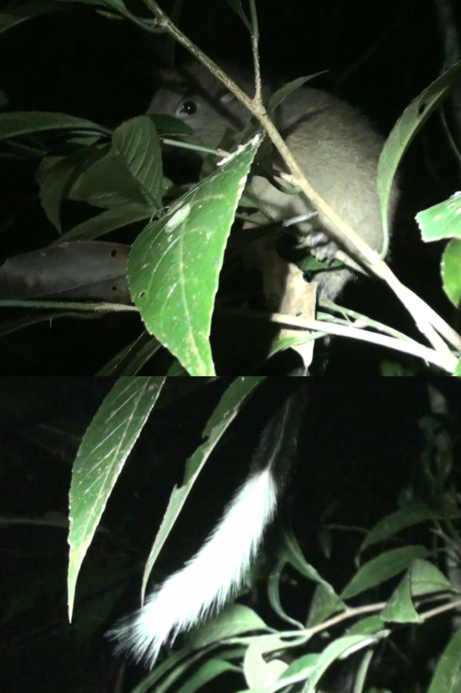
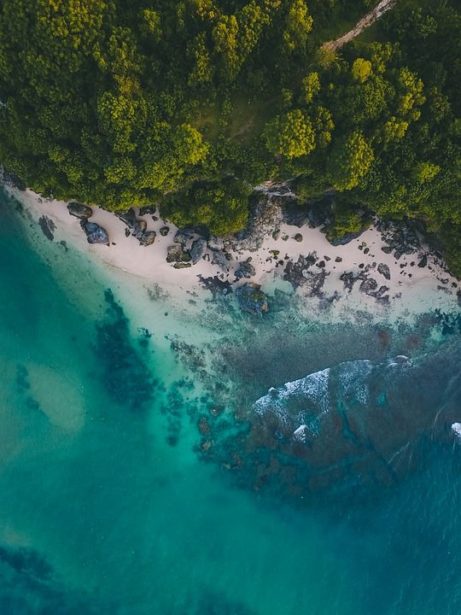
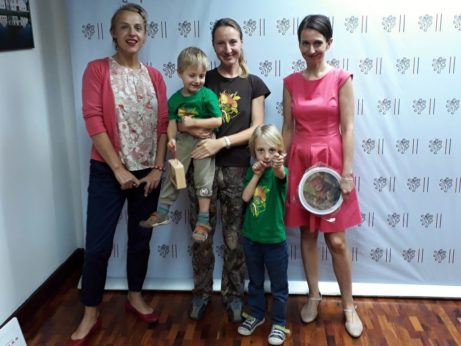
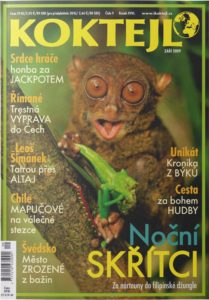
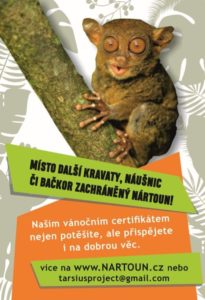
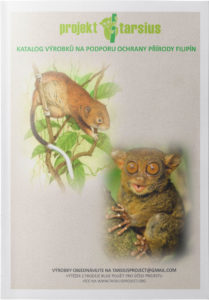
On April 10th 2024, I came across a video under GMA Integrated News channel on YouTube. Here’s the link link:
https://m.youtube.com/watch?v=dsMfMck1pSI
Basically, in this video there were Tarsiers that was grabbed my these 2 men (who were from Pomolok, South Cotabato Philippines) and filmed it on camera. According to them “they were only transferring them” as they were cleaning their relatives farm and wishes to save them. But there’s more.
They not only grabbed them, but before transferring them they went on and put the Tarsiers in front of the camera and said “smile baby,” I don’t know if they were aware of their action at that time that grabbing tarsiers and placing them next to the camera will only put them to stress.
These men put this animals in serious danger. DENR, however, are looking into this matter as the tarsier were released but, based on what I know these animals are very sensitive creatures. So grabbing and flashing camera in front of them is a bad thing.
The link I shared will show you exactly what I’m talking about, I’ll let you decide.